Establishment of Pilot Seaweed Resource Management in Eastern Sorsogon
1. INTRODUCTION
Coastal fisheries is the most important sector of our marine fisheries production. However, the constribution of coastal fishermen to the national or local economy does not seem to flow to the economic welfare of municipal fishermen.
One of the reasons for this situation is the lack of organization of the municipal fishermen particularly in the marketing of their products. They make up a very scattered, small supply market that middlemen are able to make a killing of their buying system.
Seaweeds is one of the coastal resources of Sorsogon province, particularly in the eastern part. At the moment, these seaweeds are collected from the wild stocks. Increased demand for this product will deplete the resource in no time if no management measures are undertaken.
One of the approaches to manage the seaweed resource is to develop farming techniques. There are several species of Gracilaria found in the project area. Demonstration activities will be made to develop farming methods and determine which of the species grow best.
With the passage of the Local Government Code, the municipal governments will be directly responsible for the management of their respective coastal fishery areas within 15 kms from the shoreline.
The resources within this area vary from place to place. In eastern Sorsogon, the coastal profile is characterized by seaweed beds immediately from the shoreline. These areas are inhabited by a mixture of seaweeds with a variety of molluscs associated with the aquatic plants.
Seaweeds, particularly Gracilaria spp. are important aquatic products. They produce agar which is an extract that is used for food. Other grades of agar are used for biotechnological applications which can be extracted by certain processing method.
In order to benefit from these resources, it is necessary that the seaweed stocks be conserved and managed properly to ensure a long term socio-economic benefit to the coastal fishing households.
2. SOCIO-ECONOMIC PROFILE OF MUNICIPAL FISHERMEN
Coastal fishing communities are in general highly depressed due to low income and lack of employment opportunities. The municipal fishery resources are overfished due to high fishing pressure. The average catch per municipal fisherman in Region V during the period 1977–1986 decreased from 2 130 kg to 1 147 kgs or a decline of 46.15%. The number of fishermen increased from 63 912 to 72 349 or an increase of 13.20% in the same period. The average household income of fishermen in the region was P1 529 per month. These figures were based on fishery sectoral study conducted by the AGRODEV in 1988.
The coastal fishermen are in general considered part of the poorest of the poor considering that their level of income is way below poverty line. As their number increases, more competition for the same resources ensue, thus the stocks decline and more fishermen resort to using illegal fishing methods. The consequence is depletion of resources. Such situation cannot be ignored as fisheries is the main source of animal protein food supply of the people. Management measures should be made especially at the local level.
3. MANAGEMENT OF SEAWEED RESOURCES
Management of the seaweed grounds is important. These resources are at present being gathered by fishing families along the coastal areas. If not properly managed, this resource could also be depleted in no time particularly if demand for the seaweed increases.
Already, the natural seaweed grounds along the coast of eastern Sorsogon appear overharvested as there are very few plants with thick fronds. This is an indication of intensive collectively seaweed gatherers.
One of the means of protecting the natural seaweed grounds is farming. Once this activity takes place, a certain degree of ownership of the crop develops. To encourage farming, the fishermen, as a group, should be given resource use rights.
To ensure equitable access to the use of the coastal resources by the local fishermen, there must be a system of management, involving farming and rational collection of wild stocks. Fishermen must organize themselves to be able to implement a management system which will be demonstrated by the Project with the cooperation of the local government.
Because of the common property nature of coastal fishery resources (including seaweeds) fishermen tend to exploit these resources to the highest quantity possible in view of the notion that if he does not harvest all, others will. This attitude and individualistic interest does not promote sound management.
Successful experiences elsewhere such as Korea and Japan showed that cooperative associations of fishermen led to better use of coastal fishery resources and promote socio-economic improvement of the standard of living of the fishing household.
In order to develop a community structure for the management of seaweed resources in eastern Sorsogon, pilot cooperative seaweed farming demonstration will be established in the municipalities of Barcelona, Bagacay, Gubat, Magdalena and Prieto Diaz. Fishermen will be provided information on appropriate management of natural seaweed grounds to sustain productivity.
A socio-economic survey of fishing households in these municipalities will be undertaken to establish the bench-mark profile of fishing households prior to the development of seaweed farming. They will be trained in post-havest processing of seaweeds. Cooperative management training will be provided; cooperative marketing as one of their activities will be developed to enable them to obtain the best price for their products.
The target beneficiaries of the project are those bonafide residents of the project area engages in small scale fishing and seaweed gathering and those whose level of income is below poverty line. At the end of the project period, an evaluation of the socio-economic impact of seaweed farming will be made.
The results of the seaweed farming demonstration activities will be the basis of resource management programme of the local governments of eastern Sorsogon.
Prepared by: MEDINA N. DELMENDO
Seaweed Farming Consultant
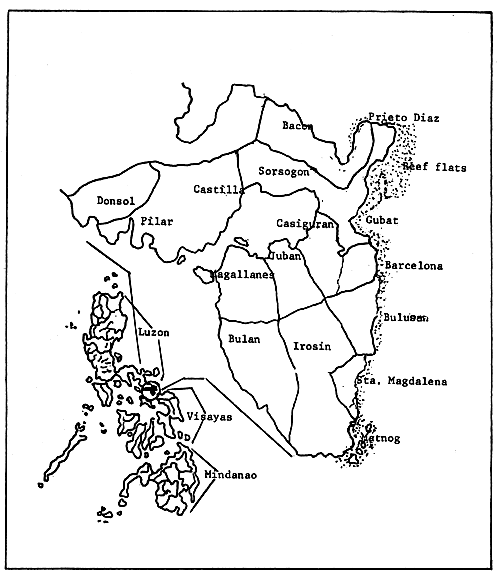
Figure 1. Location map of Sorsogon Province showing the coastal communities in the project area.
THE PROJECT AREA (PRIETO-DIAZ TO IMTROC)
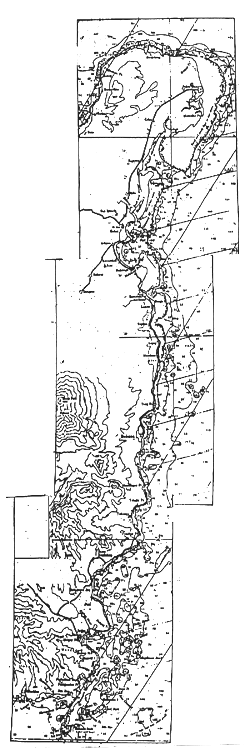
MAPAPAC DEMONSTRATION FARM
BARCELONA, SORSOGON

Figure 2. Mapapac demonstration farm, Barcelona, Sorsogon
BAGACAY DEMONSTRATION FARM
GUBAT, SORSOGON
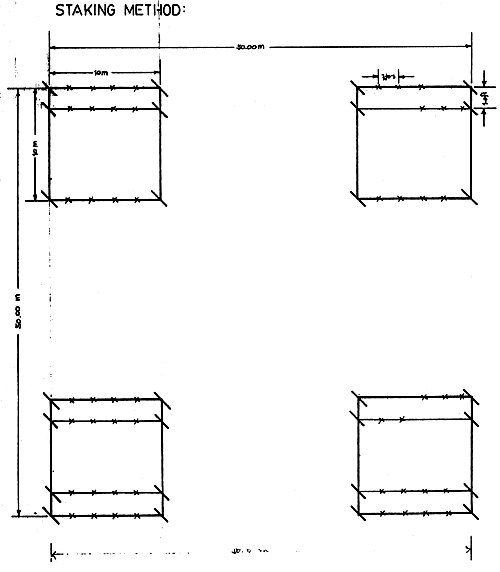
Figure 3. Bagacay demonstration farm, Gubat, Sorsogon
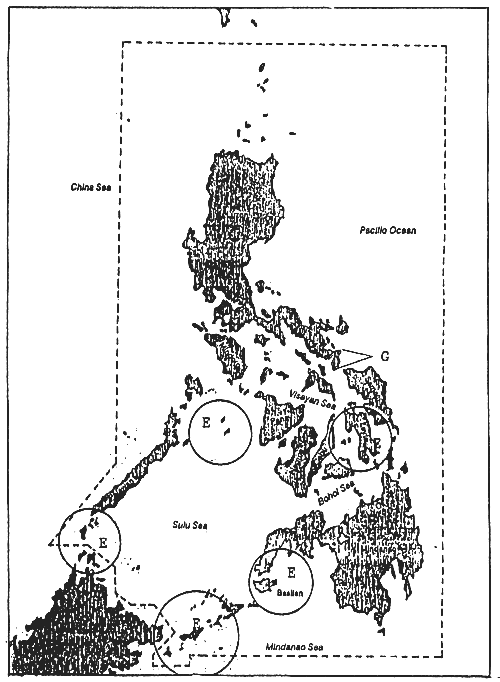
Figure 4. Location of Eucheuma seaweed farms and Gracilaria farming development in the Philippines. (After Llana, 1991.)
Legend:
E - Eucheuma farming area developed
G - Gracilaria farming development project area

Plate 1. Extensive reef flats of Barcelona at low tide.
(Photograph by Dr. Nyan Taw, CTA, PHI/89/004)
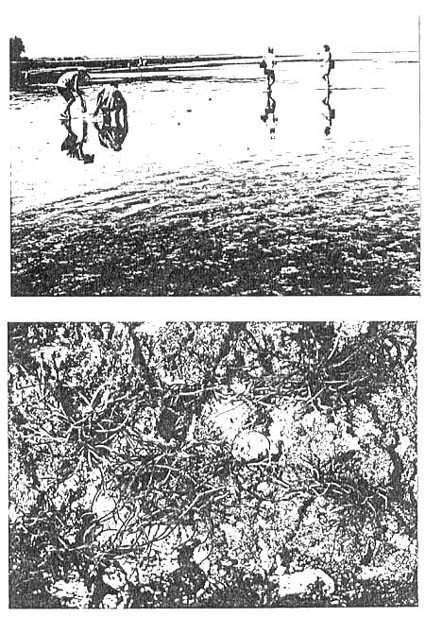
Plate 2. Natural seaweed beds at Barcelona, Sorsogon

Plate 3. Gracilaria spp with and without cystocarp collected from natural seaweed beds.
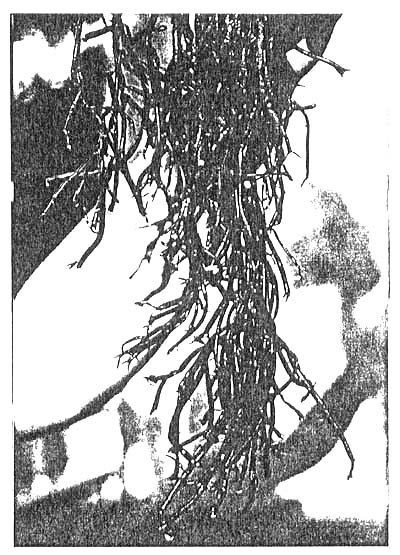
Plate 4. Gracilaria firma

Plate 5. Eucheuma alvarezii grown in Matnog.
(Photograph by Dr. Nyan Taw, CTA, PHI/99/004)
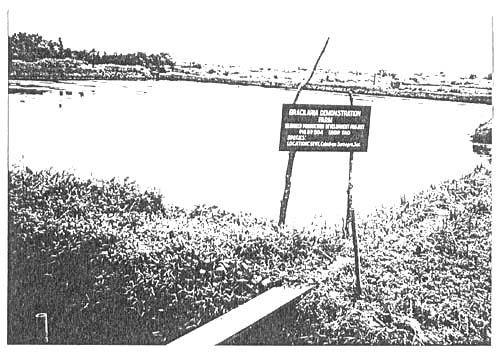
Plate 6. Demonstration of pond culture of G. tenuistipitata.
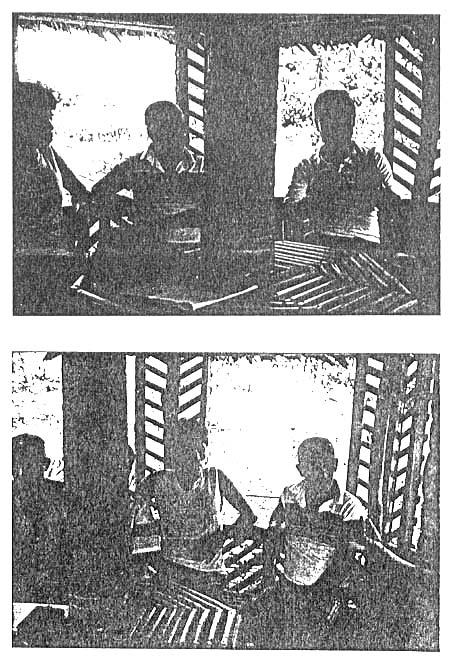
Plate 7. Dialogue with fishermen prior to establishment of demonstration farms.
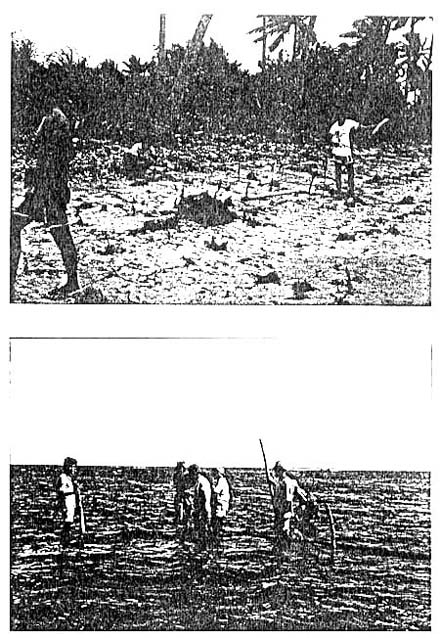
Plate 8. Participation of local fishermen in the construction of the seaweed demonstration farm.
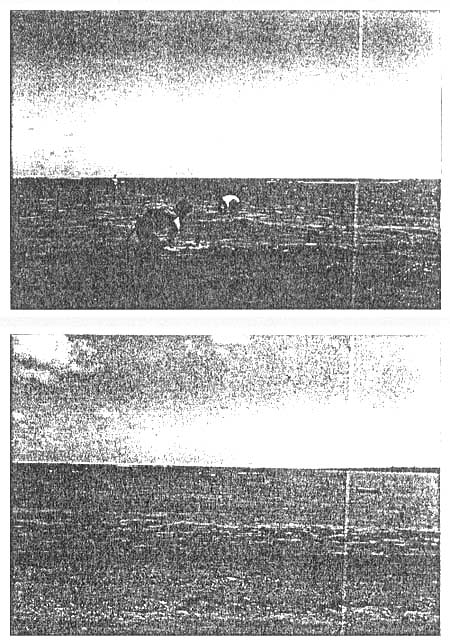
Plate 9. Preparation of seaweed demonstration farm in Bagacay.
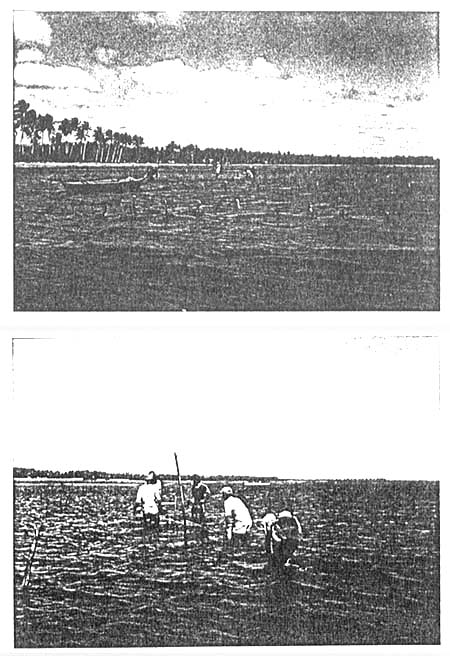
Plate 10. Preparation of seaweed demonstration at Mapapac.
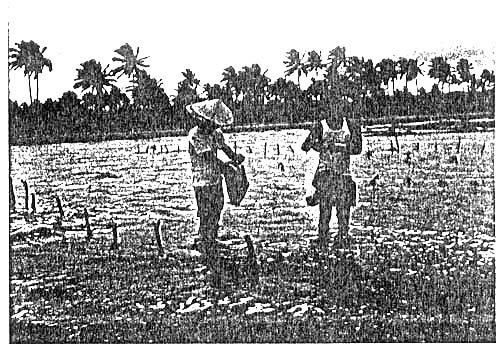
Plate 11. Tying of seedstock on the monoline being demonstrated to fishermen by project technician.
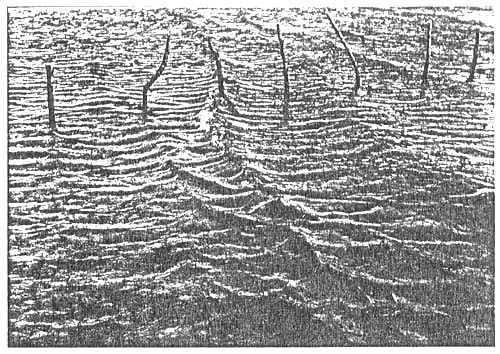
Plate 12. Seedstock already in place.
FIELD DOCUMENTS AND PAMPHLETS OF THE BFAR-DA/UNDP/FAO SEAWEED
PRODUCTION DEVELOPMENT PROJECT PHI/89/004,
PHILIPPINES
FIELD DOCUMENTS
Field Document 01 Llana, Ma.E.G. 1992 Preliminary Assessment of Seaweeds and Associated Invertebrates in Eastern Sorsogon, the Philippines. BFAR-DA/UNDP/FAO Seaweed Production Development Project PHI/89/004 January 1992. Philippines.
Field Document 02 Delmendo, M. N. 1992 A Report on Gracilaria Farming Development and Management of Natural Seaweed Grounds in Eastern Sorsogon. BFAR-DA/UNDP/FAO Seaweed Production Development Project. PHI/89/004 February 1992. Philippines.